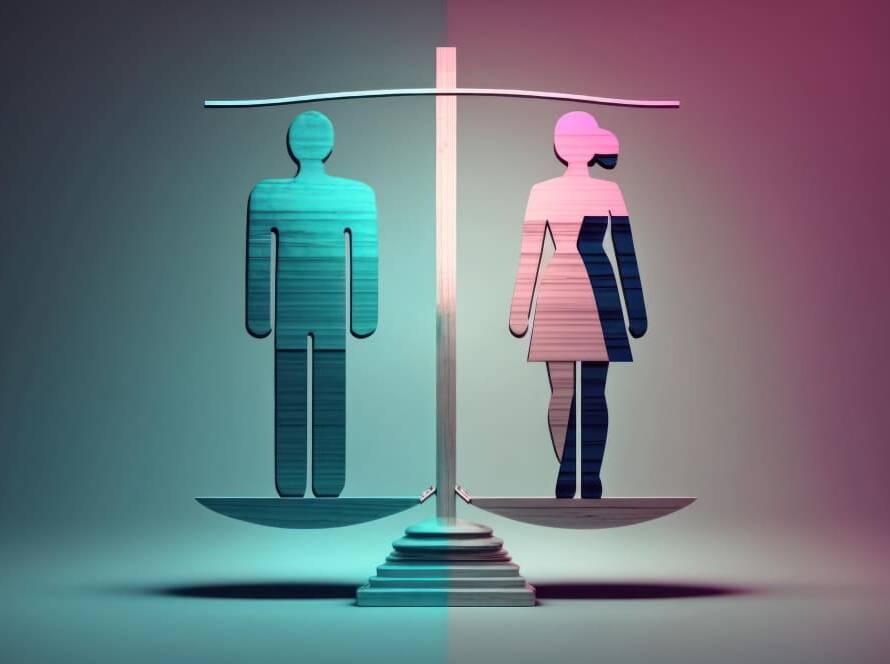In the wake of the global #metoo movement, Indian women are breaking their silence. Once hesitant, many are now bravely sharing their experiences. This shift has sparked a widespread discussion in India and globally: “Is women’s empowerment truly realized?”
Demographics and Current Status of Women in India
India, with women making up 48.4% of its population, is on the brink of significant growth, and women are pivotal to its economic progress. However, challenges like patriarchy and gender inequality persist. While urban women strive for top roles and decision-making positions in the corporate sector, rural women grapple with basic rights, amenities, and opportunities. The literacy rate reveals a stark contrast: 80.95% for men and only 62.84% for women. Rural women, in particular, often lack formal education, financial independence, and face higher rates of domestic abuse compared to their urban counterparts.
A Glimpse into the Past: Women’s Empowerment in India
Historically, India has witnessed stalwarts like Raja Ram Mohan Roy, Swami Vivekananda, Acharya Vinobha Bhave, and Ishwar Chandra Vidyasagar championing women’s rights. They combated heinous practices like sati and child marriage. In 1917, the Indian National Congress, a pioneering political party, advocated for women’s political rights.
India’s constitution, effective from 1950, embeds women’s empowerment principles. For instance, Article 14 guarantees equality, Article 15(1) forbids gender bias, and Article 15(3) authorizes the state to take proactive measures for women. Over the years, several laws, such as The Equal Remuneration Act (1976), The Maternity Benefit Act (1961), and The Sexual Harassment of Women at Work Place Act (2013), have been enacted to fortify women’s rights. In 2001, the Indian government introduced a national policy for women’s empowerment, aiming to bolster legal systems to eradicate discrimination against women.
However, the journey is far from over. Despite constitutional provisions, gender disparities persist in both urban and rural India.



